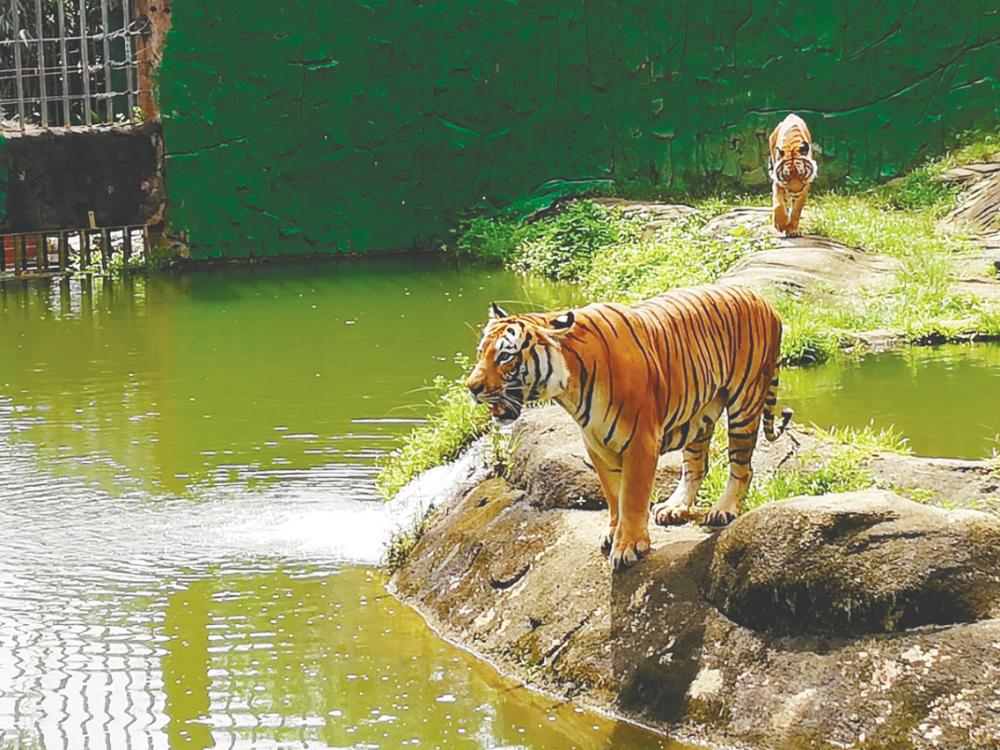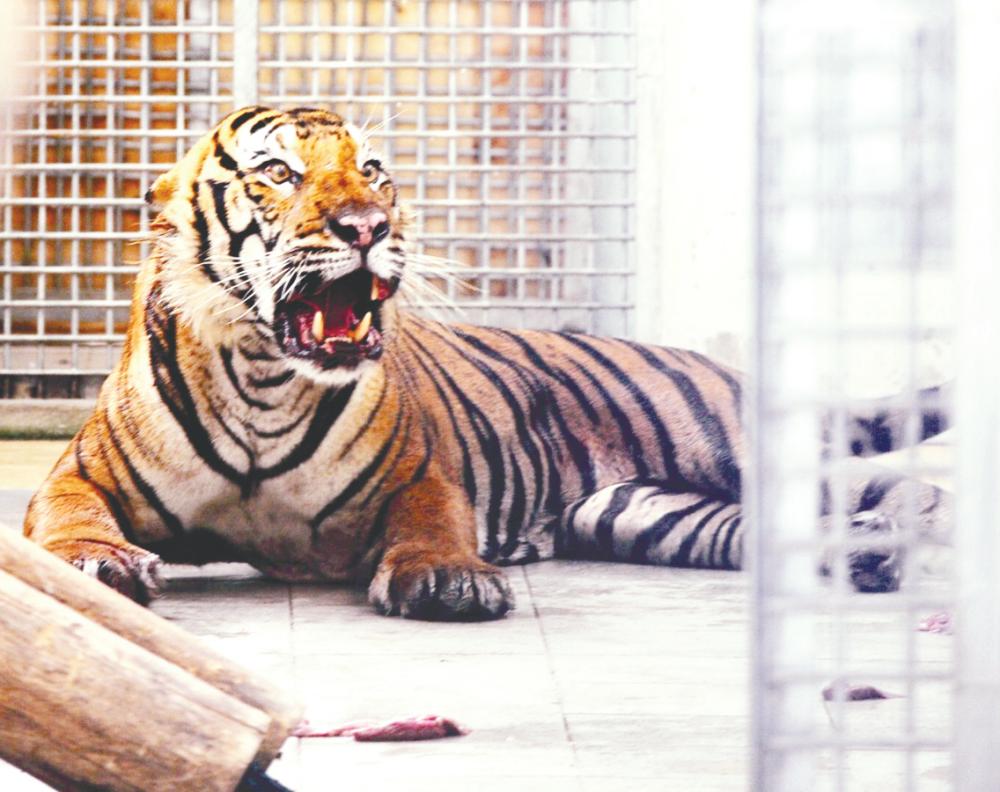LIKE many other apex predators in the wild, tigers are finding their habitat dwindling and their food becoming scarce, while they are being hunted for their body parts which some people think will help boost their libido.
The Malayan Tiger (Panthera tigris jacksoni) is on the verge of extinction. This symbol of culture, pride and strength, whose image adorns the Malaysian Coat of Arms and several venerable institutions, is fighting for its own survival.
As International Tiger Day 2020 falls on July 29, we decided to ask some experts about how we can save this magnificent creature from extinction.
One such effort dedicated to saving the majestic Malayan Tiger is the alliance MYCAT (Malaysian Conservation Alliance for Tigers), consisting of the Malaysian Nature Society (MNS), TRAFFIC, Wildlife Conservation Society-Malaysia, Wildlife Society of Selangor (WILD) and WWF-Malaysia, that is supported by the Department of Wildlife and National Parks Peninsular Malaysia (DWNP).
On MYCAT’s offical website, it is stated that: “With a population decrease from an estimated 3,000 in the 1950s to less than 200 at present, the Malayan tiger – the national icon of strength, beauty and courage – is on the brink of extinction.”
Tiger biologist Dr Kae Kawanishi, who is the general manager of MYCAT, said: “Extinction is a natural process. What is unnatural is that humans are speeding up the process by 100-1,000 times. Almost all Malayan tiger populations (clusters of tigers found in different forest blocks) are not viable (have little to no chance of survival over 50 years), hence they became Critically Endangered five years ago.
“The [extinction] has been documented over at least 60 years ... In the first 40 years or so, the loss of forests for agriculture and development, coupled with active persecution (with bounty) before the tiger became a protected species in 1976, wiped out a few thousand tigers.
“In the following three decades or so, the world tiger population dwindled as increasingly affluent Chinese people fuelled the demand for tiger body parts [in the belief they had] ‘magical’ properties, causing local extirpation of isolated populations (lost all viability and became ecologically extinct) [together with] a few poaching incidences and other stochastic events such as skewed sex ratio, Canine Distemper Virus, or roadkills.
“The current chief cause [of extinction] is the snare traps set by local and Indochinese poachers, not necessarily only for tigers, because cable snares kill indiscriminatorily.”
While many blame the growing human population for the extinction of tigers, Kawanishi points out that heavily-populated India has somehow managed to protect and increase its tiger population.
“Tiger conservation is not about saving the dangerous animals isolated from all the rest. That’s what zoos do, and tigers do well in captivity. It’s about protecting large healthy natural forests with their inhabitants from over-exploitation by humans. We use the tiger as the flagship species to conserve a large healthy ecosystem,” she explained.
“The functions and interconnected links of a natural system are complex and not linear. Even if we lost the tiger today, nothing much will be felt tomorrow ecologically.
“The process is gradual. Extinction and the degradation of nature are both a process, and the tiger extinction is just one phenomenon in a backdrop of much greater ecological imbalance on earth. That being said, ecology can never be ‘fixed’.
“We are not losing only tigers. The continued survival of millions of less charismatic species are threatened because of humans’ overconsumption, misplaced priority, apathy and disconnect with nature.
“If we can’t pay attention to the loss of a species like the tiger, all other species have a poorer chance of getting the attention they need.
Cumulatively, the loss of biodiversity is the same thing as a loss of ecology, and we don’t have to wait for tiger extinction to feel the effect.”
To find out more on what you can do to help, visit www.mycat.my.















